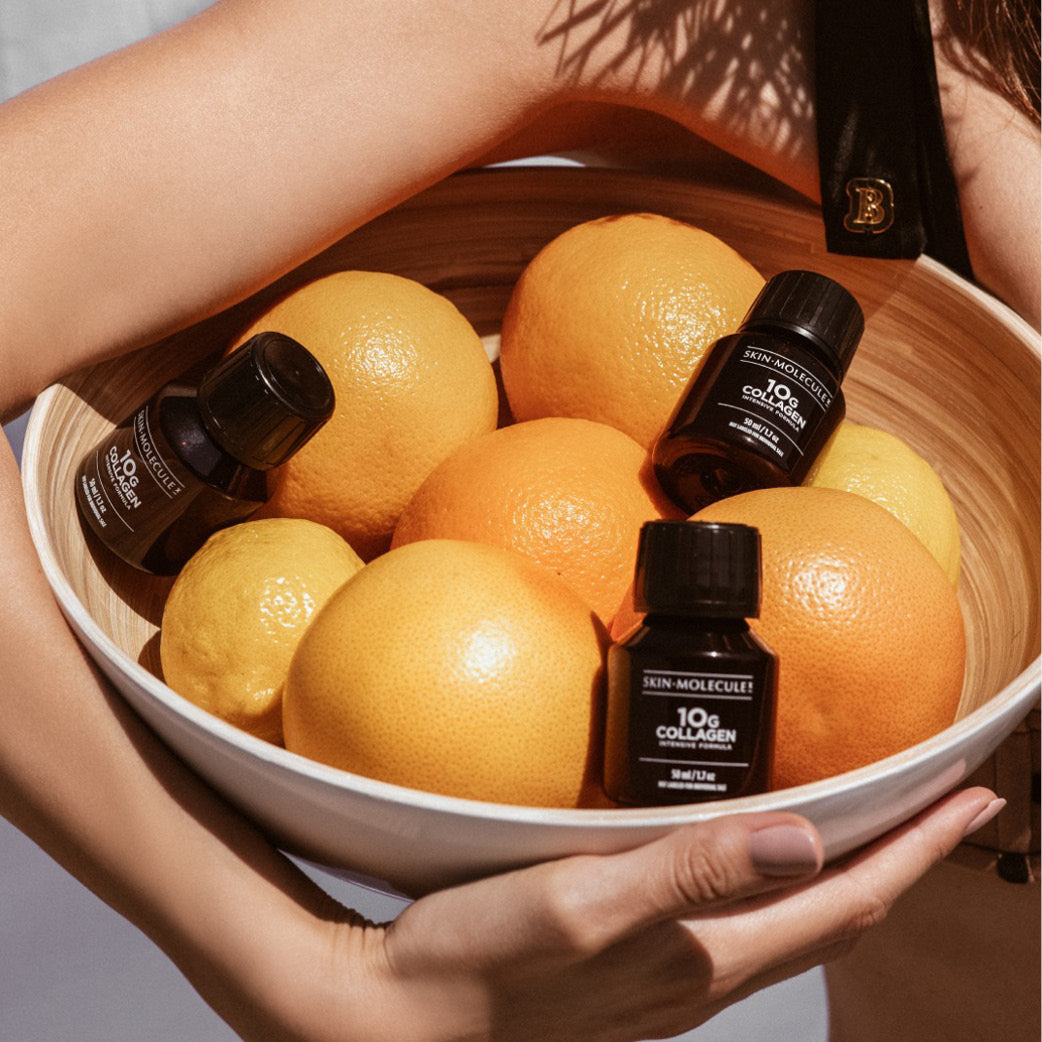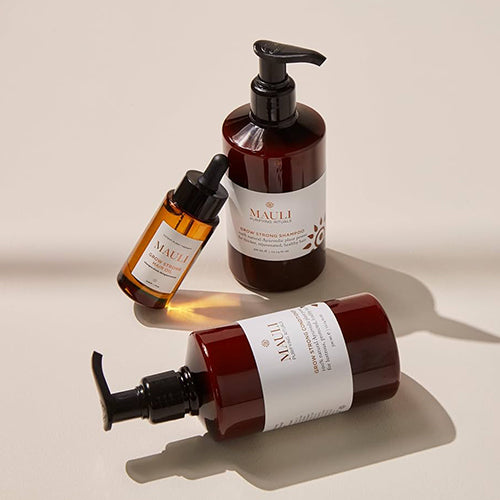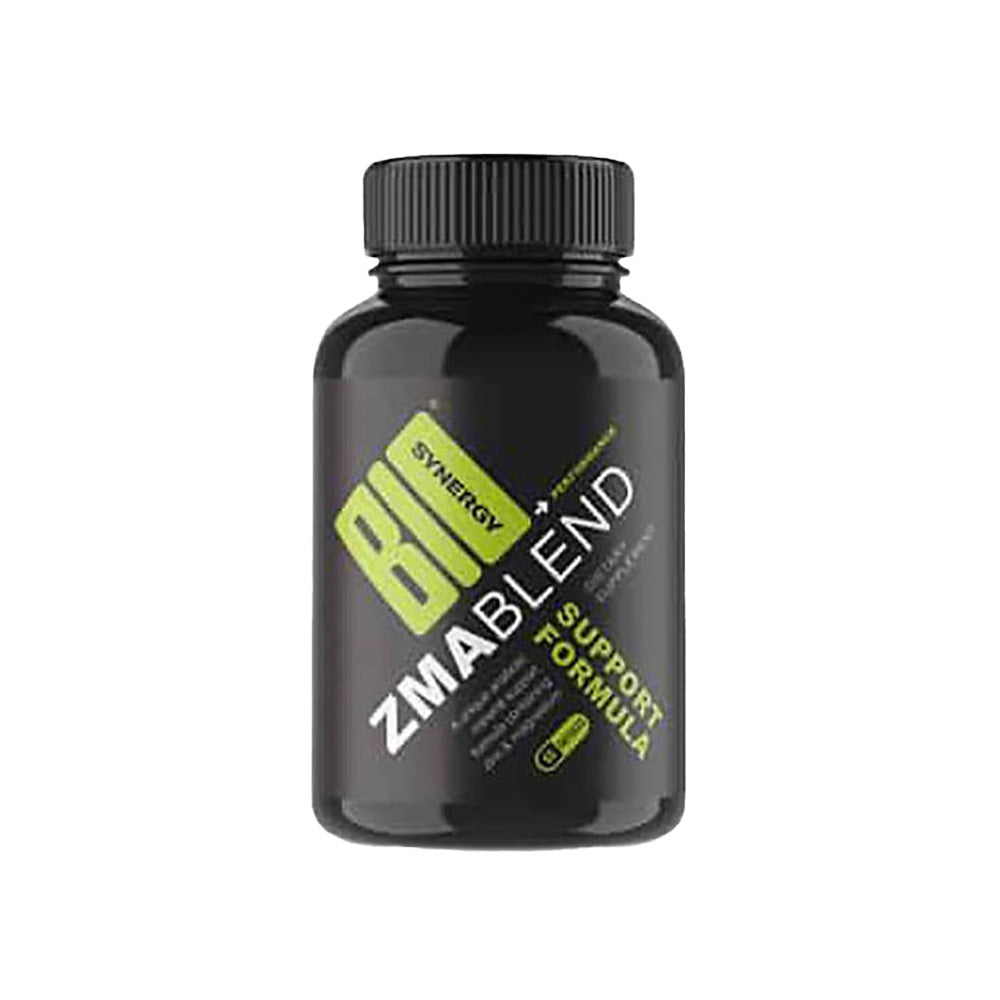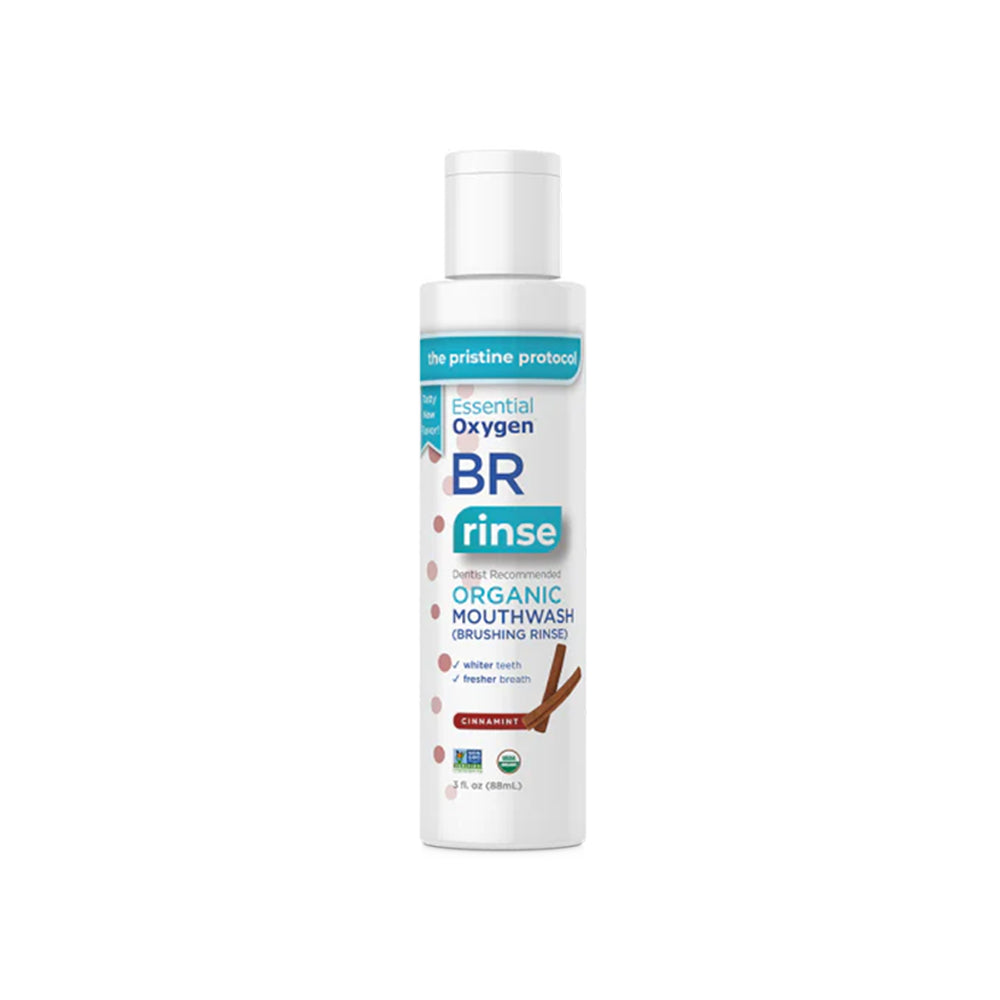Trendy spring gardeners move over! Fall gardening is where it’s at, and only the most serious gardeners are in the know! You can thank us later...
“September and October are a fantastic time for planting, believe it or not. There is usually enough rain and the soil is still warm enough to ensure your new additions can get adequately bedded in. You can keep some of that vibrant summer color in the autumn if you get planting now,” proclaims Leslie Vincent, horticulturist at Atkins Garden Centre.
In the autumn, it’s all about the sturdy and robust; plants, flowers, and trees that will last beyond the harsh weather conditions. It’s the season of the root, after all. We asked the green-fingered experts about the best plants, flowers, and crops to plant this autumn. Ready, set, sow!
PLAN AHEAD FOR SPRING/SUMMER
Sue Dilworth, founder of The Garden Fairy suggests it’s the perfect opportunity to plan ahead. “It’s a good time for planting bulbs ready for next spring and summer. To plant in borders, plant most bulbs at 2-3 times their depth and make sure the pointed end (nose) or shoot faces upwards – remember to leave at least twice the bulb’s width apart. Replace the soil and gently firm down – you can water after planting if the soil is dry. For container planting, plant at 3 times their depth (some allium bulbs are huge so make sure your pot is deep enough) and water the bulbs once after planting and then regularly when you see active growth.”
Dilworth advises to plant daffodils, crocus, hyacinths, lilies, alliums, and crocosmia in September and October, but wait until November before planting tulips to avoid tulip fire (“a fungal disease which causes brown spots and twisted, brown leaves – it looks like the plant has been scorched, hence the name.”)
Get ahead with gardening for next year with Dilworth’s expert trend forecasting. She predicts the biggest gardening trends in 2022 will be: “Biodiversity and the use of white accessories and white flowering plants. Also, wilderness charm – colorful borders and wildflowers continue to be a strong trend.” With the world’s mind on the increasing global warming crisis, planting for creatures great and small is becoming crucial. Growing an environment that bees can collect pollen from, and animals can build homes in will increase the planet’s biodiversity and increase the population of some wildlife that would otherwise become extinct.
PLANTING FOR WILDLIFE
Dilworth shares her recommendations to provide pollen for bees. “Echinacea, Rudbeckia, Penstemons, Japanese anemone, Asters, Chrysanthemums, Hylotelephium (hardy sedum), Salvia, and Saxifrages (small alpine perennials).”
“Leave the seed head on Echinacea, Rudbeckia, and Mondara, known as bergamot or bee plant, for birds to feed on. Leave some fruit on trees for birds and insects and windfall apples, pears, and plums on the ground.”
FALL COLOURS
Vincent shares his favorite colorful flowers. “One of the most classic and absolute staples of any garden is the pansy. Some varieties of pansies actually stop blooming when it gets quite cold, however other variations absolutely thrive – keep an eye out for winter flowering pansies that kick on well into spring to maintain that splash of color.”
He adds, “Heather is an incredibly hardy plant that is very versatile and more than capable of handling any harsh weather. The vibrant pinks, purples, and whites keep the area looking lively. These can be beautifully complemented by the addition of some Crocus’ – the tougher weather conditions of autumn push the crocus up through the soil and they are willing and able to handle the colds of late October and beyond. As well as being visually appealing due to their color, their cup shape adds some great shape to the garden. Be sure to place these beneath any trees or shrubbery you may have in order to protect from any heavy rain spells.”
Michael Clark, horticulture expert and founder at Pulled App, suggests, “Perennials such as anemone, chrysanthemums, aster, and daisies provide amazing fall color as late-season bloomers.”
For forest lovers, Clark suggests some of his favorite trees that keep giving season after season. “Deciduous trees such as sycamores, elms, crape myrtles, ash, and maples are best to plant now. The soil will still be warm to nurture the root systems without the extreme heat to burn the young growth. Additionally, they will provide great fall color and will establish themselves over the winter, coming back with lots of new growth in the spring.”
TOP OF THE CROPS
Christy Wilhelmi, founder of Gardennerd says, “Fall is the best growing season for planting greens! Lettuces, arugula, brassicas (kale, collards), and root veggies (think beet greens). In warm-winter climates, plant peas, potatoes, broccoli, cauliflower, and cabbage.” Perfect for all those hearty stews and soups, but what about seasoning?
“Also, fall is a great time to plant herbs that don't do well in hot weather, such as parsley and cilantro. Cool-winter gardens may require protection to prevent frost damage or an indoor growing space, but give these crops a try and enjoy the best growing season there is.”
Clark adds, “Carrots, beets, broccoli, Swiss chard, and kale are the best garden vegetables to plant now.”
Dilworth suggests planting your favorite pungent flavors now for next year. “Onions, garlic, and shallots have a long growing season and won’t be ready to harvest until next summer. Try ‘First Early’ for white onions and ‘Red Baron’ for a red variety. Hardy varieties of spring onion grow quickly and can be harvested in the spring.”
On the superfood front, make like Popeye, suggests Dilworth. “For winter greens, try Perpetual Spinach which you can sow in the early autumn. If you pick regularly it should continue to produce leaves through winter and possibly into summer if you remove any flowers so it doesn’t seed.”
“You can grow winter salad leaves and chicory – sow in August to harvest through the autumn. Make sure any container you use has good drainage and is preferably raised off the ground to help to prevent waterlogging. Pick the salad leaves as soon as they are ready. When the weather starts to get colder in October and November, protect plants with a cloche or covering like a horticultural fleece to extend your harvest.” So, just remember if you’re a little chilly, your veggies probably are too.
THE EXPERT TIPS
Follow The Garden Fairy’s top tips to make the most of your garden this fall (and beyond):
“Keep deadheading flowering plants to prevent soggy flower heads rotting and causing disease.”
“Clear out any dead bedding plants from borders and containers so slugs and snails don’t have a home.”
“Clear excessive leaf litter from under trees and shrubs to prevent any fungal diseases and the spread of existing problems like rust and black spot in roses.”
“Empty and clean any containers where summer bedding has died back. Either store for use in the spring or replant with new compost and winter bedding.”
“Keep watering new plants and keep existing plants moist during the autumn – don’t overwater to avoid waterlogged roots. Most established trees and shrubs should not need watering during autumn/winter as they have a wide-ranging root system.”
“Onions generally don’t need any water but leaf crops like winter salad and spinach should be kept moist during the growing season.”
“Plants like rhododendrons, camellias, azaleas, and heather which are ericaceous (prefer acidic soil) need to be fed in the autumn. Also need to make sure they have enough water in late summer/autumn while their flower buds are forming for the spring.”
“Remove all remaining perennial weeds and add slow-release fertilizer like well-rotted garden compost or manure to the soil to add nutrients. You can dig this into the ground or apply 2-3 inches and allow the worms to do the work for you.”
















